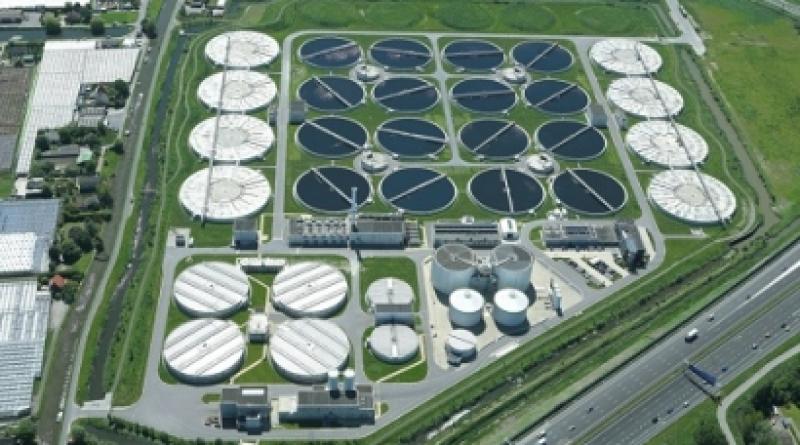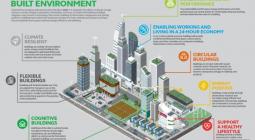Bright Biomethane Supplies Biogas Upgrading System to Netherland’s Largest WWTP.

Bright Biomethane has supplied a biogas upgrading system with membrane separation technology to the largest waste water treatment plant (WWTP) in the Netherlands: WWTP Harnaschpolder of the Delfland Water Authority. Construction is progressing and the first renewable gas is expected to be supplied to the grid in August this year.
Operational management and maintenance of the Harnaschpolder waste water treatment plant in Den Hoorn is carried out by Delfluent Services B.V. on behalf of Delfland Water Authority. At this WWTP, approximately 6.5 million Nm3 (cubic meters) of biogas per year is produced from sludge digestion.
The biogas currently produced consists of around 60 percent methane, and is not immediately suitable for gas grid injection. Bright Biomethane's biogas upgrading system will ensure that the biogas is upgraded to renewable gas, also known as biomethane, consisting of 89 percent methane. Around 4.5 million Nm3 of renewable low-calorific gas (L-gas) with natural gas quality will be injected annually in the gas network of network manager Westland Infra, and supplied to the transport sector, accounting for around 30 million km of road transport per year. In the future, the biogas upgrading installation can easily be made suitable for the production of high-calorific gas (H-gas).
The Delfland Water Authority is one of the 21 water authorities in the Netherlands and is aiming to create a working environment that is as sustainable and circular as possible. Delfland has the ambition to be energy neutral by 2025. In addition, the water board also wants to supply green energy to third parties. The production of renewable gas is therefore another important step in this energy transition.
Bright Biomethane uses proven three-stage membrane separation technology to separate the present carbon dioxide (CO2) from the methane (CH4). This technology, which circulates the permeate of the different stages, ensures that the highest possible efficiency (>99.5 percent) is achieved, and the lowest possible methane slip.
29 July 2019
RENEWABLE ENERGY MAGAZINE




